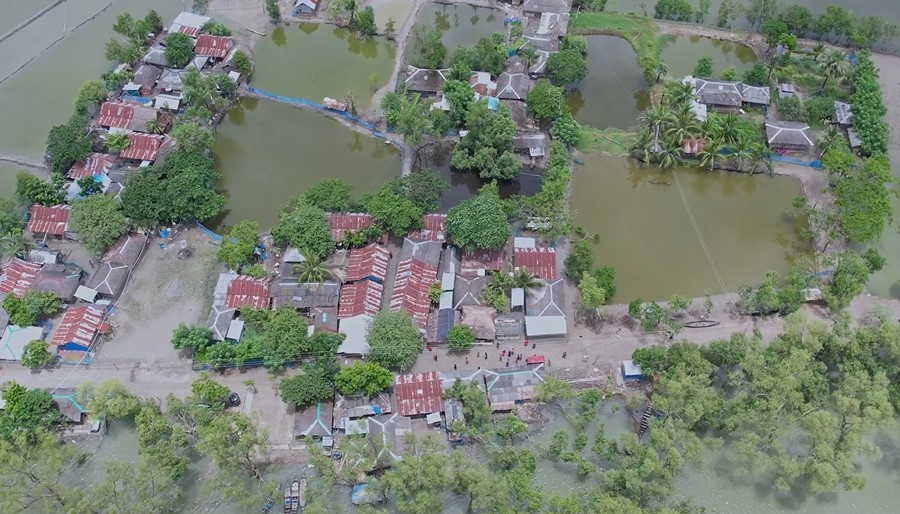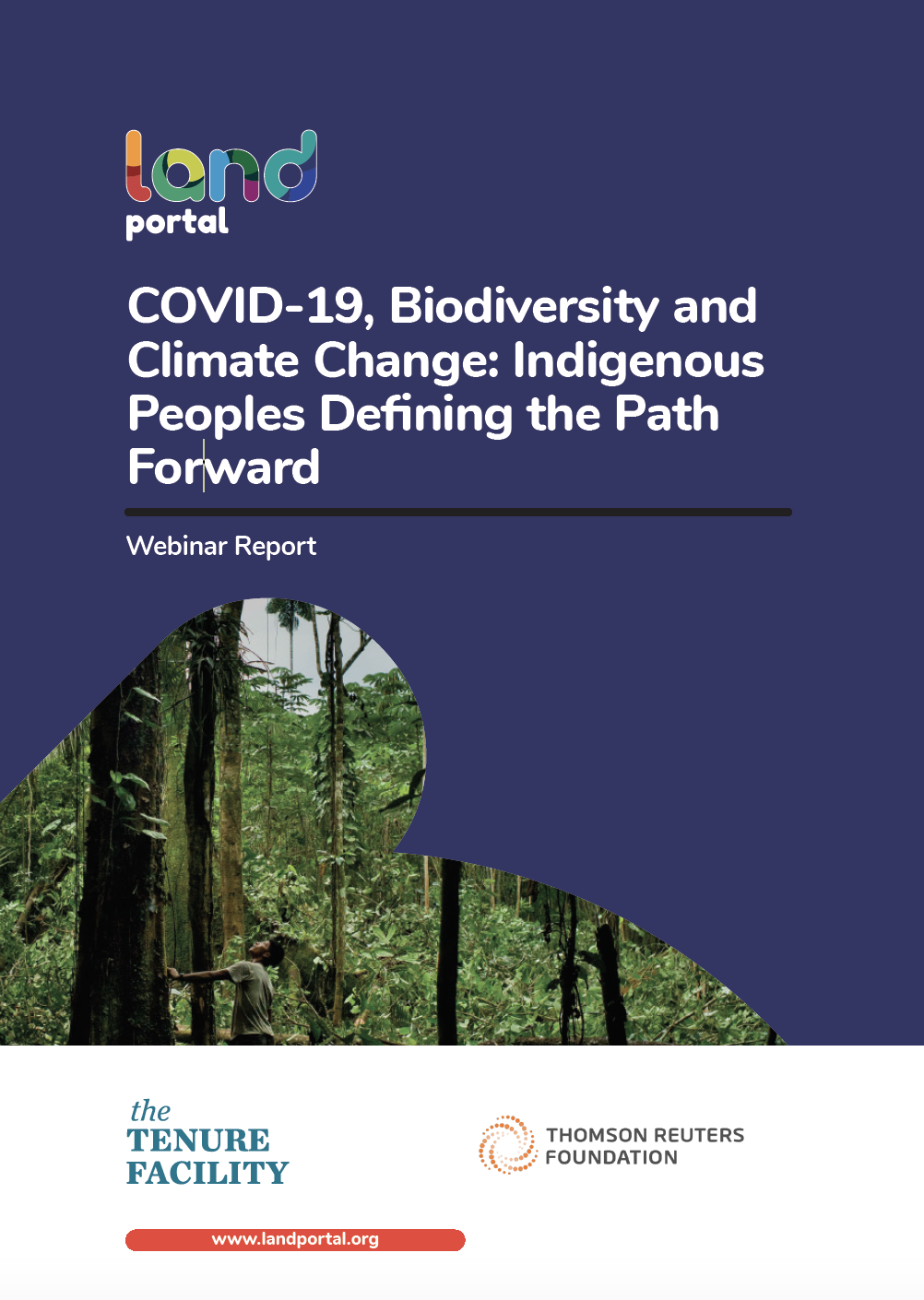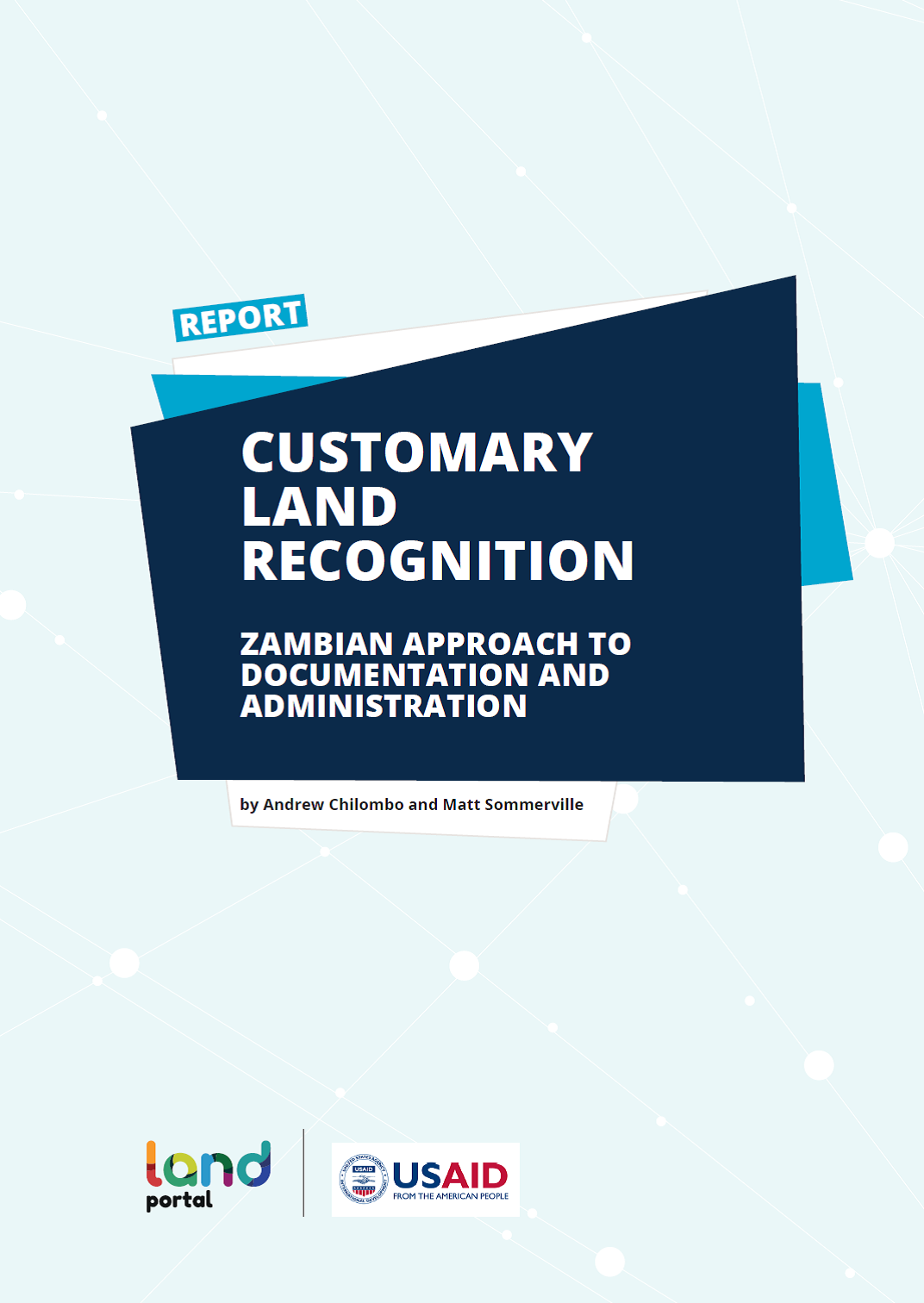Struggles of Munda people of Datinakhali Mundapara in Shyamnagar upazila (subdistrict) of Satkhira district in Bangladesh
This video is about the everyday struggles of Munda people of Datinakhali Mundapara in Shyamnagar upazila (subdistrict) of Satkhira district in Bangladesh. Munda is one of the indigenous communities in the country. Being on the frontline of the climate crisis, rising sea levels and salt infiltrates, 28 Munda families living in Datinakhali Mundapara are in dire straits due to landlessness, poverty, and climate change effects, with 10 Munda households already have migrated to other places.











